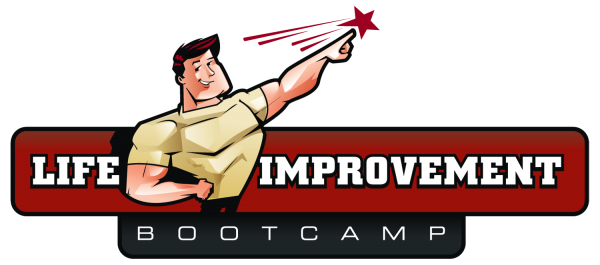
Fast learning speed tunnel
Is speed of the essence?
Can you still recall the cartoon series featuring Wily Coyote and the Roadrunner? Recalling the images of the Roadrunner zooming past the obstacles laid out by Wily Coyote, I would definitely qualify as “Fast” .
Speed may allow you to arrive at your intended destination; but along the way, were you able to take note of the things that you may have missed while speeding along the fast lane? As in driving, zooming in fast, does not give enough opportunity to see and enjoy the view. Can the same be said about fast learning?
Reading a book
Much of what you learn can be acquired through reading. The simple activity of getting in a comfortable position and start reading a book of your choice opens a new world for you. Reading enables you to tap into the minds of great people.
The more you read, the more you know. In the hope of reading more books, some attempt fast track reading. It is believed that the faster you read, the more you cover.
Fast track reading may involve reading by phrases and concepts compared with the word-for-word method. Fast track reading enables you to cover more pages with the same rate. However, one limitation of this method of learning is that you tend to remember only a small portion of the main idea. There is danger that you might miss the important details in the book.
There is a solution for this. I am not referring to taking a course in speed reading, which might benefit you as well, but a direct technique, anyone is capable of doing and with a bit of practice, becomes second nature while reading. Few people are aware of this seldom-talked about technique in fast learning. This is based on the principle that the mind thinks in pictures and is nowadays stimulated that way more than ever. We are getting visually fast paced inputs all the time from multiple screens these day, so while our brain is challenged to cope with that it develops a “survival” strategy that can benefit us for fast learning.
Fast Learning
Learning is accelerated when you “see” the whole idea of the write-up or book. Seeing “live pictures” of ideas and thoughts of the writer makes reading experiential and unforgettable. When you see nothing while reading, you learn nothing. Fast reading becomes totally useless.
This technique is called visualization. Visualization is vital to quick learning. Visualization in reading is like constructing a jigsaw puzzle where pieces are put together to form the whole picture. The whole thing not only “appears,” but actually “comes alive” before you. All of these happen in the realm of the mind.
Just going through the motions of fast reading can give you a hazy picture of the subject matter. But like a mist, this picture often quickly evaporates into thin air. Fast reading without visual pictures often informs but very seldom impresses.
Information or Impression
Impressions last while information changes with time. Past information is easily forgotten in favor of new ones. Impressions change you because they are impactful, and these are stored (semi)permanently in your mind.
For learning to become effective, it requires brief pauses to be able to visualize and reflect. Effective learning is not about how fast you can finish reading a book. It is more on how you effectively comprehend the ideas brought forth by the writer.
Visual pictures provide lasting impressions. Associate what you read with ideas and how it will enrich your existence. Go for lasting impressions and insights that will mold you to better grasp and permanently store the desired content. Experiment with the technique, perfect it and adopt it.
Have a conscious day!
Filip De Pessemier



Recent Comments